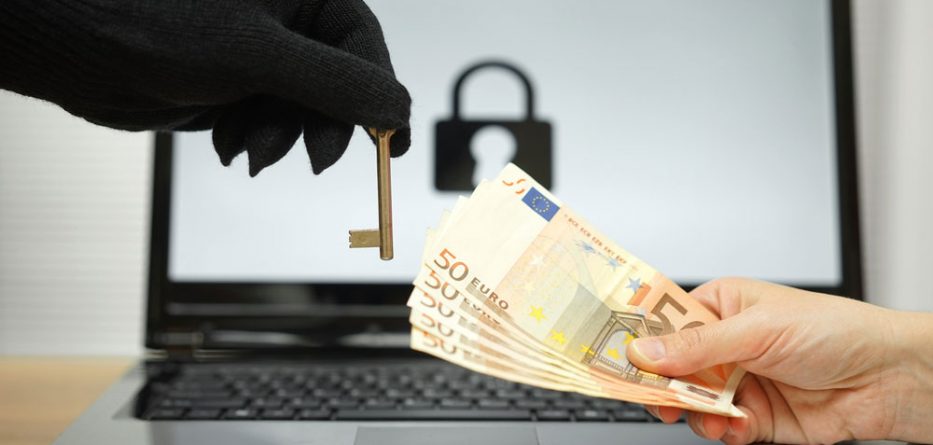Ransomware can be devastating to your business especially if you keep all your important data on one computer.
What is Ransomware?
Ransomware is malicious code written by hackers in much the same way as a virus is created. This ransomware source code is then distributed to millions of internet users usually by email. Cyber criminals use huge networks of zombie (virus infected) computers all around the world to send out millions of emails every second. If you do the wrong thing it only takes a few seconds for your computer to become infected.
Ransomware will usually completely lock you out of your computer and display a splash screen that is impossible to exit. It will tell you that all your important files have been encrypted and that you can no longer access any files on your computer.
You’ll read that nobody can recover your files without their decryption service. In order to get all your files back in one piece you’ll need to make a payment, by Bitcoin only, to the creators of the ransomware. A timer will be counting down to a time when the payment will be raised and perhaps another time after that when your files will be lost altogether.
It really is a solo entrepreneur’s worst nightmare to face a situation like this. That’s why it’s important to take preventative measures in order to avoid and reduce the risk of a ransomware infection on your computer.
4 Steps to Prevent Ransomware
Ransomware prevention really is simple and by following these steps your precious data will be much safer:
1. Backup
I cannot stress how important it is to backup all your computer files regularly. If you follow this one step you can rest easy. This means that if you do get a ransomware attack you can simply perform a clean install of your operating system without losing anything. Apple computers now backup Desktop and Documents folders to iCloud in the latest macOS. You should also be sure to archive every file important to you to a cloud service like Dropbox or Google Drive. It’s even better if you can create your own server and plugin a USB drive to perform frequent backups too.
2. Email Attachment Caution
Only open an email attachment if you know who it’s from and you know what it is. Sophisticated attacks can now send email to you from a trusted contact with malicious attachments inside. If you don’t know what something is be sure to email your contact and ask before opening it.
3. Use Malicious Website Blockers
Stopping the malicious web can be another way to prevent bad websites downloading files or running malicious code on your computer. There are plenty of ad and malware blockers available as extensions for Chrome, Firefox and other popular web browsers. One of the best blockers right now is the free and open source uBlock Origin.
4. Anti-Virus Software
This should be the final line of defence after backing up, common sense and web browsing protection. Having anti-virus, anti-malware and even anti-ransomware software from companies like Malwarebytes, Kaspesky and Avast can help too.









